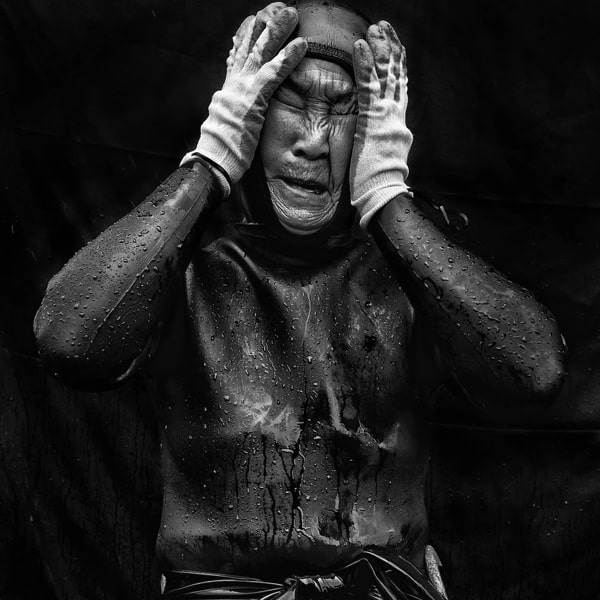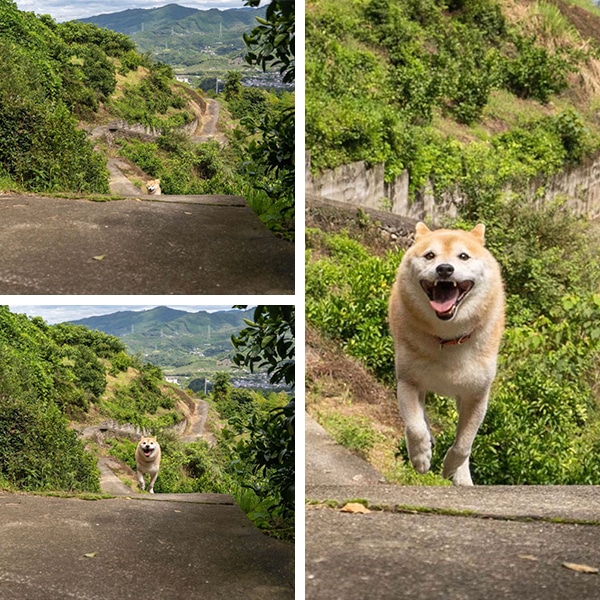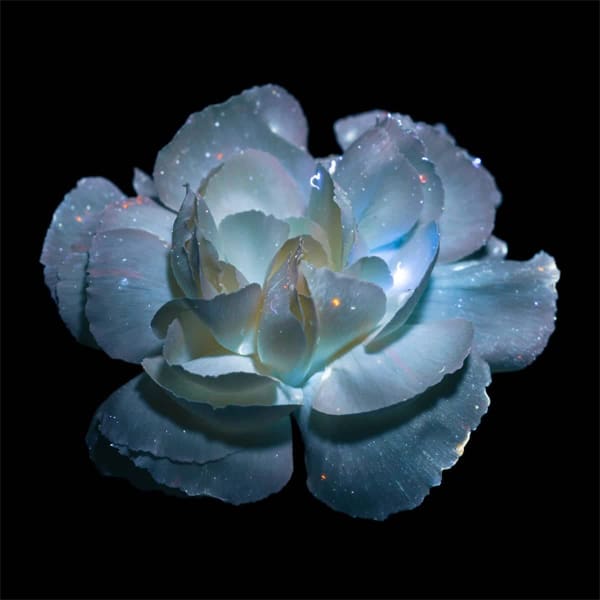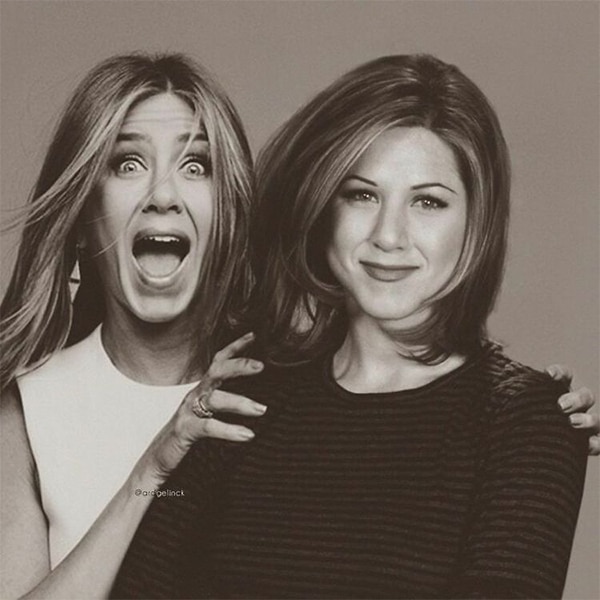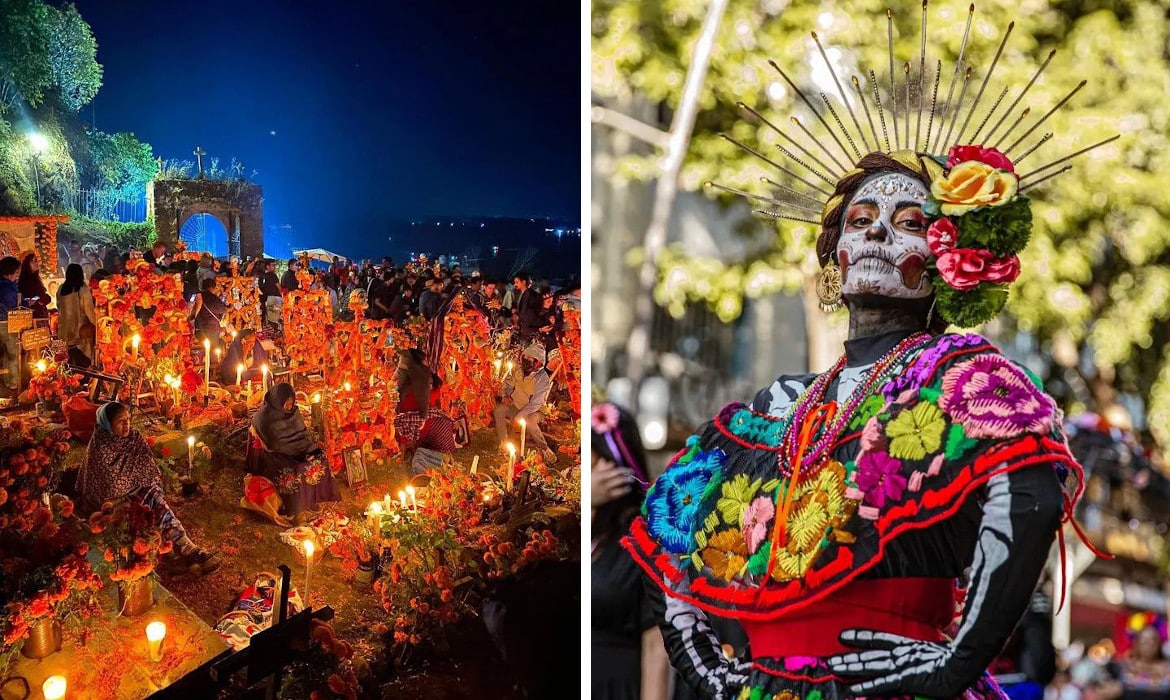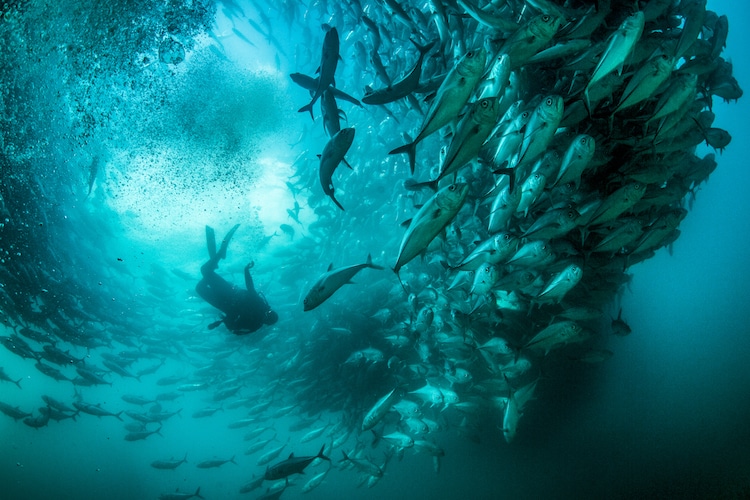
Cristina Mittermeier diving in Cabo Pulmo. Cabo Pulmo National Park, Mexico
Award-winning conservation photographer Cristina Mittermeier has seen her work published in respected publications like National Geographic, Smithsonian magazines, and Science throughout her storied career. Starting her life as a scientist, the Mexico City-born photographer began her career evolution later in life, deciding to use her camera to visually capture the changing environment.
Mittermeier began her career at Conservation International, where she spent 20 years working to safeguard land, marine, and coastal areas. After leaving the organization, she continued her advocacy, and while raising three children took up photography to document her travels. This quickly moved from hobby to profession, with her returning to school in order to refine her skills.
Over the course of her career as a professional photographer, which has spanned more than two decades, she helped coined the term conservation photographer, spotlighting the important role they play in aiding our planet.
Today, Mittermeier is not only a contributing photographer and speaker for National Geographic, but a leading advocate for environmental conservation. In 2014, along with partner and fellow photographer Paul Nicklen, she founded SeaLegacy, a non-profit that works to protect our seas.
We had a chance to speak with Mittermeier about her career evolution and how she's seen conservation photography change over the course of her illustrious career.
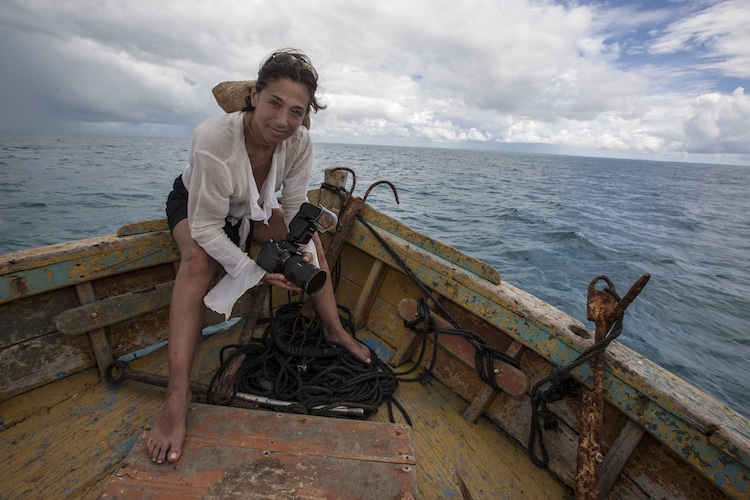
Cristina Mittermeier on a fishing boat in the Abrolhos Marine Protected Area. (Photo: Paul Nicklen)
Your love of travel and the environment started at a young age. What do you think spurred you in that direction?
It is going to sound like a cliché, but like so many other people of my generation, my love of nature started with television shows like The Magical World of Disney, and the Undersea World of Jacques Cousteau, as well as our family subscription to National Geographic Magazine.
Can you share a bit about what originally brought you into contact with Conservation International?
After I graduated in 1989 [with a degree in] biochemical engineering in the exploitation of marine resources, I got a job at a hotel in the Yucatán Peninsula to do a biodiversity assessment. The owner was the father of a friend of mine, and he wanted to create a biological reserve around his hotel property in Akumal, Mexico. In order to do that, he needed to understand the type of biodiversity that inhabited his property. I spent six months diving, running around the jungle, playing with monkeys, and drawing butterflies.
While I was there, a team of scientists from a new organization called Conservation International came through the hotel. They were surveying the effects of a hurricane that happened a couple years before and how the ecosystem was recovering. I took them on tours of the area. I explained the changes I had seen and they were impressed. They hired me right then and there. I spent the next 20 years working with CI as a scientist, a writer, a photographer and eventually, became a member of their Chairman's Council, a position I proudly hold to this day.

Kayapo warrior. This image is the first one Cristina took. It was credited to the wrong photographer in an exhibition at the Houston Museum of Natural Science, a moment that helped her realize she wanted to pursue photography professionally.
Traveling the world, working with conservation issues, clearly sparked a love of photography. What do you think you were trying to say with these early photographs?
In the beginning, all I wanted to share was the awe I felt for the places and animals I was so lucky to see. I had imagined elephants, monkey, and sharks in my childhood, but seeing them firsthand was like having the pages of National Geographic come to life, and I just wanted to share that.
Pretty soon, however, I realized that a more profound conversation could be started as I saw how people reacted to my images. That conversation, for me, has always been about how to protect the people, landscapes and animals I have been so lucky to photograph.

Harp seals. Female harp seals come to the Gulf of Saint Lawrence around the Iles de la Madeleine to have their pups.
What inspired you to pursue photography as a profession?
Although I was trained as a scientist, to understand the world in data points, I have always had an “artistic itch”; and an interest in making beautiful things. I love beading, crocheting, painting, but I am not very good at any of those crafts. When I discovered what I could do with a camera, I was hooked, first on the beautiful images I could coax out of the machine, but more importantly, on the new interest people had about what my images say.
I like being the best at what I do, so becoming a photographer has never been enough, I wanted to earn the stage given to the best photographers in the world, and to me, that stage is National Geographic. As the most powerful and beloved media brand in the world, they have given me an influential position from which to share my passion and they have empowered me to pursue my own philanthropic interests, through the creation of a non-profit I run with my partner, photographer Paul Nicklen. SeaLegacy, an organization with a mission to use the power of visual storytelling to change the narrative around our world's oceans, is the vehicle we use to protect the places we love.

Falklands wildlife, underwater and above water. Norway orcas, Gryllefjord
Coming from a background as a biochemical engineer specializing in marine resources, how does this scientific aspect inform your work?
My training included a wide variety of disciplines, from marine biology to fisheries and aquaculture. Using that knowledge as the bedrock that informs the stories I choose to photograph and the way I decide to tell those stories, has always served me well. I see myself as a translator of science and technical information into the beautiful visual language that captivates humans and sparks an interest in our natural world.
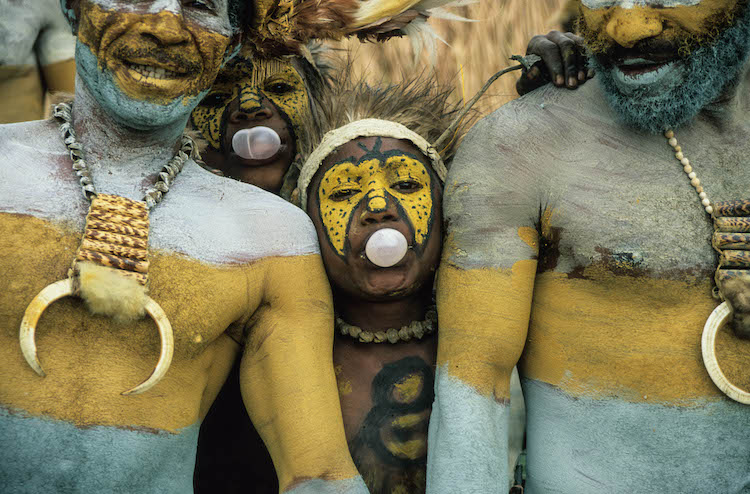
Bubblegum. Enga performers take a break at the Sing Sing Cultural festival in Mt. Hagen.
You’ve mentioned that in the late 90s, most conservation photographers weren’t really involved with understanding the issues they were documenting. Do you feel that’s changed?
Since my early days with the North American Nature Photographer's Association, which at the time had zero interest in environmental issues or conservation, there has been a massive sea change and today, NANPA is very focused on conservation issues.
Through the creation of the prestigious International League of Conservation Photographers in 2005, I was able to show an entire generation of photographers that giving purpose to their work is like wearing a “superhero spandex suit.” They are magicians of their craft and they are capable of mesmerizing audiences with their art; by having the purpose of protecting nature, they also can create massive change. Today, thousands of photographers call themselves “conservation photographers,” a term I coined and defined. That makes me really proud.
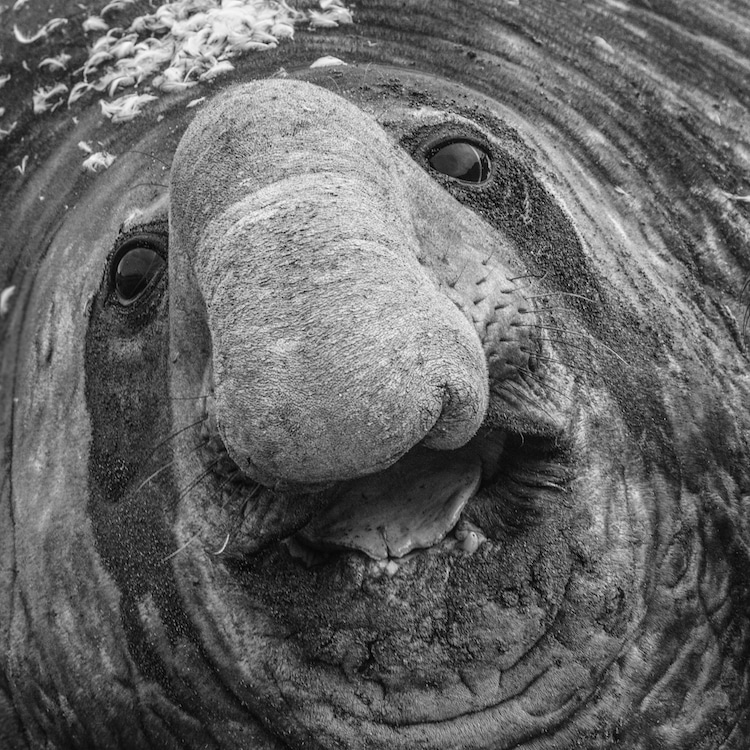
Elephant seals. South Georgia.
You founded the International League of Conservation Photographers. Can you talk a bit about the work the organization does and how it’s evolved over the course of its history?
The ILCP has as its main purpose to provide a platform for photographers interested in using their images for conservation. It is a fundraising platform and a massive speakerphone for some of the most important issues facing nature today. The fellowship, which comprises over 100 of the best and most passionate photographers in the world, are like an army of storytellers, documenting both the beauty and the threats to our planet.
Today, the ILCP is under the capable direction of my friend, Susan Norton, a leader who worked for over 30 years with National Geographic and Wildscreen and someone who understands my original vision for the organization. It is growing and expanding its reach, and I couldn’t be prouder of what it has achieved.
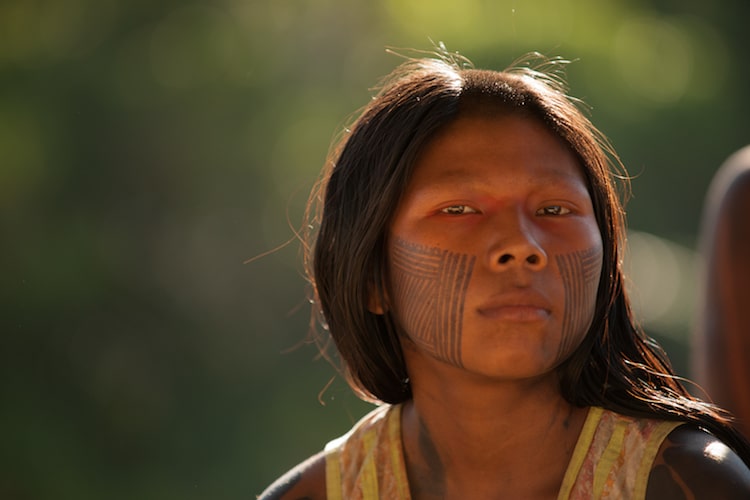
Kayapo woman in the village.
Your work had already been published in many high-profile publications by the time you arrived at National Geographic. What did it mean to you to start contributing to such a prestigious publication?
National Geographic is a Mount Everest for most photographers, and being a contributing photographer for the most discerning magazine in the world, is certainly a validation of my efforts and something that gives me great pride. I love the people who work for the organization and I love what it stands for.
Over the years, many of my colleagues on Nat Geo, including magazine editors, agents for the creative agency and speaker's bureau, and the expeditions, conservation, and exploration branches, as well as many in the executive team have become my extended family, and I am proud to call them my friends. In addition, photojournalism has a large gender skew, so I feel a great responsibility to represent female photographers at the top levels of our industry.
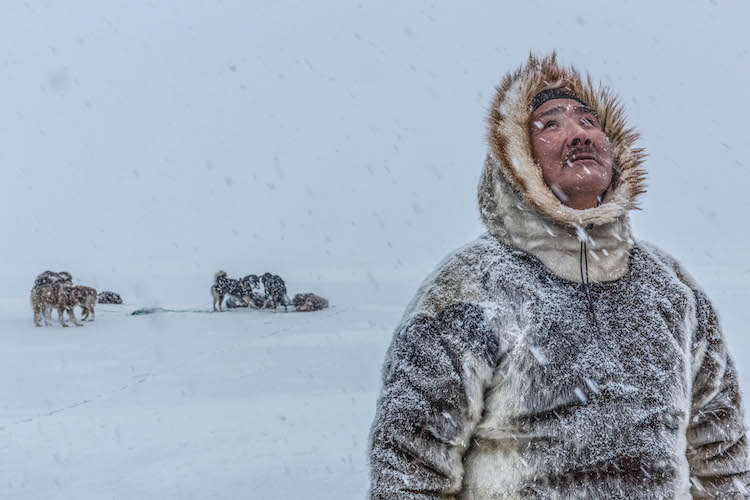
Greenland, Last Ice.
What’s the most difficult part of what you do and what advice would you give to up and coming photographers who want to get their work featured in National Geographic?
Maintaining strength and enthusiasm over a career that spans two decades is the most challenging part of my work. Being a freelancer comes with great freedom, but it also means there is a lot of competition among the most talented photographers in the world and there is no job security or income guarantee.
The easy part is answering the urgent call that comes from knowing how desperate the situation is for our environment and how close humanity is to a real catastrophic climate event. My advice to up-and-coming photographers is to focus their career on shooting the things they love and are passionate about. Becoming a successful commercial photographer and making lots of money may be the ultimate goal for many, but a desire to change the world requires the type of passion that can carry a career over the ups and downs of this business.
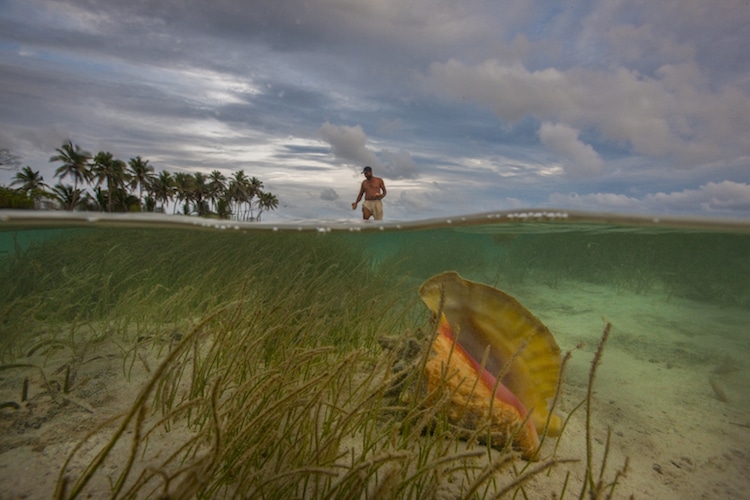
Queen conch fishermen of Honduras. Over exploitation of Queen conch all over the Caribbean has led to a moratorium in exports by CITES. In Honduras stocks are depleted but local fishermen still gather them for local consumption. Gracias a Dios, Honduras
In the last several years, climate change awareness has grown. What do you think a photographer’s role and responsibility is in helping tell these stories?
Some of us have spent decades photographing the effects of climate change and bearing witness to those changes. Photographers like Gary Braasch, who died last year while photographing the slow death of the Great Barrier Reef; Jim Balog, who created the indisputable visual argument for melting glaciers around the world with his film, Chasing Ice, and my own partner, Paul Nicklen, who grew up in the Arctic and has the largest collection of images from this changing landscape, are just a handful of the photographers documenting this issue.
Susan Sontag once said that the only reason people care about the ravages of war is because photographers have been in the front lines to document the carnage. The war on climate change is no different, and today, many photographers, myself included, are working on various aspects of this massive issue, in hopes of creating a tipping point in the way society sees the urgency of the problem.
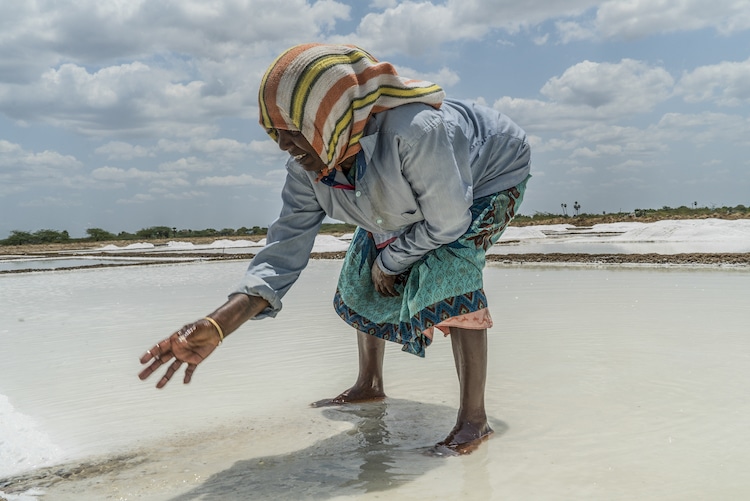
Coastal communities of southern India. “As a clumsy outsider, I stepped over the muddy edge of her salt pan. Concerned about the caustic burn of the salt on my skin, she offered me her small supply of freshwater to rinse my feet.”
Looking back, would you have imagined the evolution your career has undergone?
I am a huge believer in goal-setting and everything I have ever achieved was because I imagined myself doing it and I created a plan around it. There have been a lot of lucky turns in my journey, but in the end, it has been my desire to spark public interest and action on these issues that has been a guiding principle for my career.
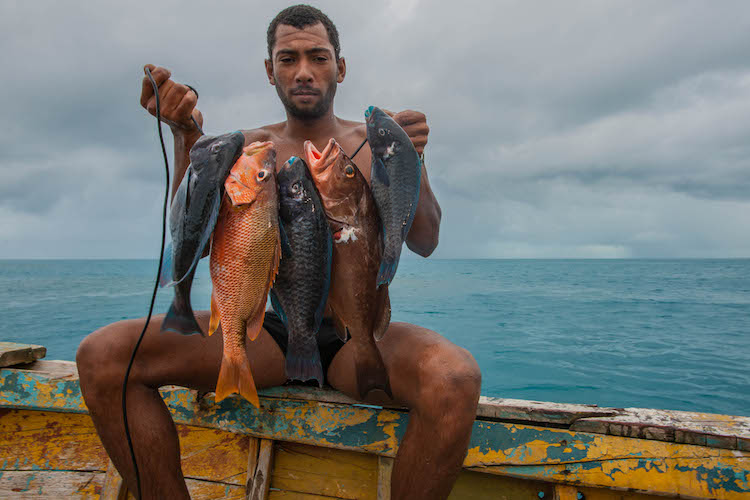
Ze, a traditional fisherman. Abrolhos Reef, state of Bahia, Abrolhos Marine Protected Area.
Where do you see yourself in 15 years?
I imagine a planet where climate change is under control and where respect for nature is a pillar of our economies. When that day comes, I will happily hang my cameras and never take another photograph. Until then, I will continue working towards stories that inspire solutions.
Cristina Mittermeier: Website | Facebook | Instagram
My Modern Met granted permission to use photos by Cristina Mittermeier.
Related Articles:
Interview: Underwater Photography Captures Dreamlike Moments Deep in the Ocean
World’s Oldest Living Orca Is 105 and Spreading a Much Needed Message About Conservation
Eye-Opening Landscape Photos Explore the Environmental Cost of Human Impact





































































